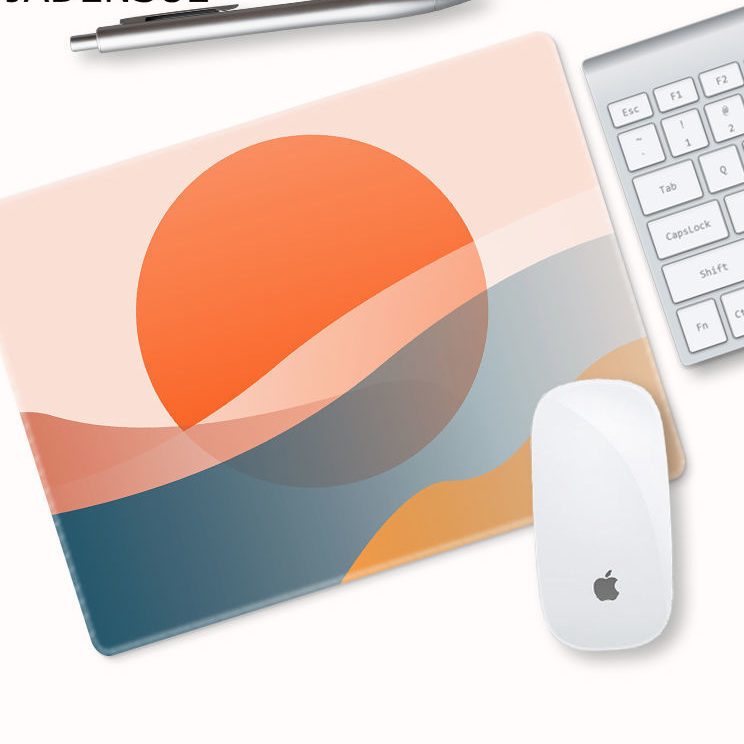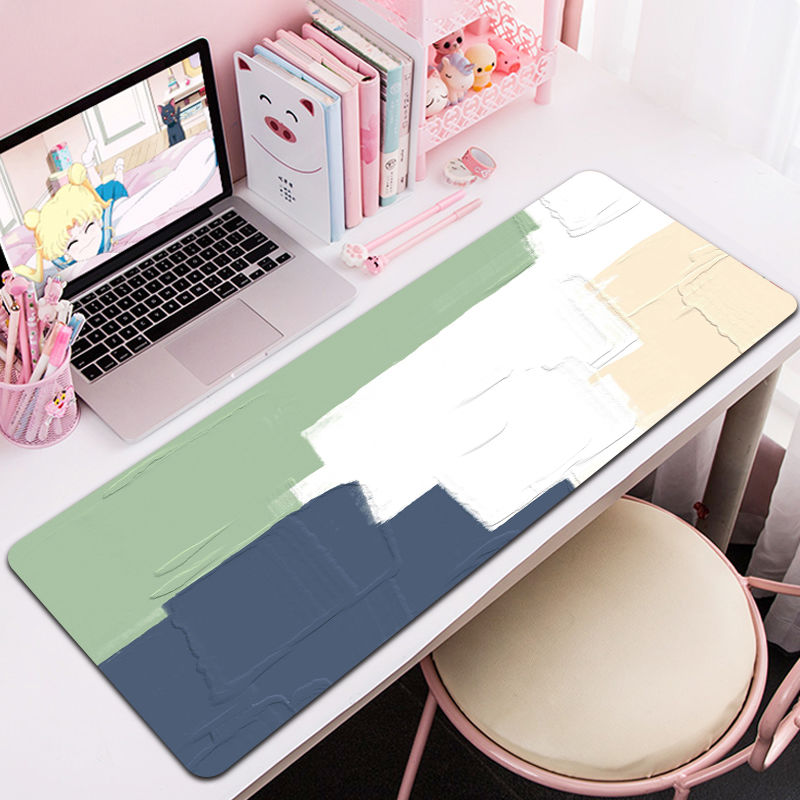Mouse pads have come a long way since their inception, evolving from simple accessories to high-tech surfaces that enhance precision, control, and overall gaming or work experience. In this article, we will delve into the fascinating journey of mouse pads and explore their transformation over the years.
Traditional Mouse Pads: In the early days of personal computing, traditional mouse pads were primarily designed to provide a smooth surface for the mechanical ball-based mice commonly used at that time. These mouse pads featured a cushioned surface made of fabric or foam, offering a consistent and controlled glide for the mouse. They were often adorned with various patterns, designs, or brand logos.
During this era, mouse pads were considered essential accessories, as using a mouse directly on a desk surface would result in erratic cursor movement and scratching of the desk. Traditional mouse pads provided an optimal tracking environment for the mouse, ensuring accurate cursor control.
The Advent of Optical Mice: With the advent of optical mice in the late 1990s, the need for traditional mouse pads diminished to some extent. Optical mice used a sensor to track movement, eliminating the necessity for a consistent surface. These mice could operate smoothly on most flat and non-reflective surfaces, including desks and mouse pads.
However, many users continued to prefer using mouse pads despite the advancements in mouse technology. The reason behind this preference was the additional comfort and control provided by mouse pads, along with the prevention of desk scratches and an organized workspace.
Ergonomic Enhancements: As users spent more time using computers, concerns about ergonomics and wrist health began to emerge. This led to the development of ergonomic mouse pads with wrist rests. These mouse pads featured a cushioned area or gel-filled wrist rest that provided support to the wrist, reducing the risk of repetitive strain injuries such as carpal tunnel syndrome.
Ergonomic mouse pads aimed to create a more comfortable and natural hand and wrist position during mouse usage. The wrist rests helped to alleviate pressure on the wrist and forearm, promoting a healthier and more ergonomic computing experience.
Specialized Gaming Mouse Pads: The rise of gaming as a popular pastime brought forth a new wave of mouse pad innovation. Gamers demanded more precision, speed, and control from their mouse pads to enhance their gaming performance. This gave birth to specialized gaming mouse pads designed specifically for gaming enthusiasts.
Gaming mouse pads often feature a low-friction surface that enables swift and effortless mouse movements, allowing gamers to execute precise actions quickly. These pads may also incorporate anti-slip rubber bases to prevent unwanted movement during intense gameplay. Additionally, gaming mouse pads come in various sizes, catering to different gaming styles and desk setups.
High-Tech Surfaces: In recent years, mouse pad technology has taken a leap forward with the introduction of high-tech surfaces. These surfaces are specifically engineered to optimize sensor tracking, reduce friction, and enhance accuracy.
One notable advancement is the advent of hard surface mouse pads. Unlike their traditional fabric counterparts, hard surface mouse pads are made of materials like aluminum or plastic, providing a rigid and ultra-smooth surface. These pads offer minimal friction and consistent tracking, making them ideal for gamers and professionals seeking precise and responsive mouse movements.
Another breakthrough in mouse pad technology is the emergence of micro-textured and precision surfaces. These surfaces utilize intricate patterns and textures that allow for exceptional tracking and sensor calibration. They ensure pixel-precise accuracy, making them popular among graphic designers, video editors, and other professionals who require fine control over their cursor movements.
Furthermore, some high-tech mouse pads come equipped with RGB lighting features, adding a touch of aesthetics and customization to the gaming or work setup. These pads can synchronize with other RGB-enabled peripherals, creating an immersive and visually stunning environment.
It is important to note that these potential developments are speculative and may or may not become reality. However, they provide a glimpse into the exciting possibilities that lie ahead for the evolution of mouse pads. As technology continues to advance, we can anticipate even more innovative and sophisticated mouse pad solutions that cater to the evolving needs of users in various industries.



